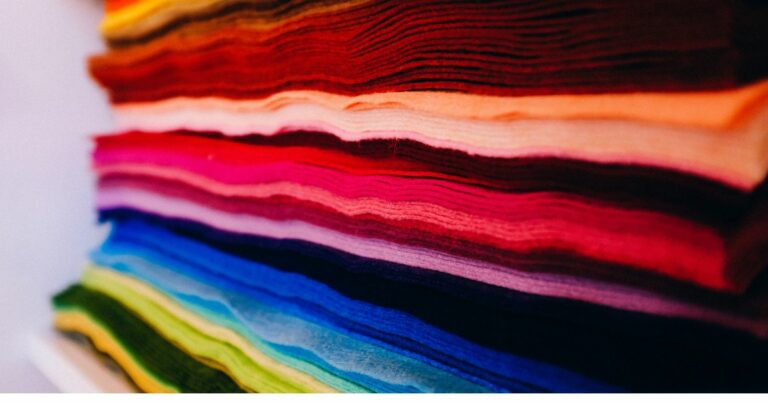Fashion and Sustainability: Innovations in Eco-Friendly Materials
Recycled plastic is finding its way into a wide range of products, ranging from clothing to building materials. The process of transforming plastic waste into usable items not only helps reduce plastic pollution but also offers a sustainable alternative to traditional manufacturing methods. With advancements in technology, recycled plastics can now be turned into durable and high-quality materials that possess many of the same properties as their virgin counterparts.
In the fashion industry, designers are incorporating recycled plastic fibers into their collections, creating stylish and eco-friendly garments. These materials not only reduce the need for new plastic production but also showcase the versatility and potential of recycled plastics in the creation of innovative textiles. As consumers become more environmentally conscious, the demand for products made from recycled plastic continues to grow, driving further innovation in this space.
Innovative Fabrics Derived from Agricultural Waste
Over the past few years, the fashion industry has been actively seeking sustainable alternatives to traditional fabrics. One promising avenue that has gained significant traction is the development of innovative fabrics derived from agricultural waste. These innovative materials are not only environmentally friendly but also offer a unique texture and aesthetic appeal, making them a favorite choice among eco-conscious consumers and designers alike.
By repurposing agricultural waste such as pineapple leaves, banana stalks, and hemp fibers, textile manufacturers are able to create innovative fabrics that not only reduce waste but also minimize the industry’s reliance on non-renewable resources. The use of agricultural waste as raw material for fabric production not only helps in reducing environmental impact but also provides an additional income stream for farmers who can sell their waste for upcycling purposes.
What are some examples of materials made from recycled plastic?
Some examples include PET fibers used in clothing, recycled plastic bottles turned into fabric, and recycled plastic pellets used in manufacturing.
How are innovative fabrics derived from agricultural waste?
Innovative fabrics derived from agricultural waste are created by utilizing plant-based materials such as pineapple leaves, orange peels, and banana stems to create sustainable and eco-friendly fabrics.
What are the benefits of using materials made from agricultural waste?
The benefits of using materials made from agricultural waste include reducing waste in the farming industry, minimizing the environmental impact of traditional textile production, and promoting sustainability and circular economy practices.
Are fabrics derived from agricultural waste as durable as traditional fabrics?
Yes, fabrics derived from agricultural waste can be just as durable as traditional fabrics, depending on the production process and the quality of the materials used. With advancements in technology and innovation, these fabrics are becoming increasingly reliable and long-lasting.
How can consumers support the use of innovative fabrics derived from agricultural waste?
Consumers can support the use of innovative fabrics derived from agricultural waste by choosing products made from sustainable materials, spreading awareness about eco-friendly alternatives, and supporting brands and companies that prioritize sustainability in their production processes.






